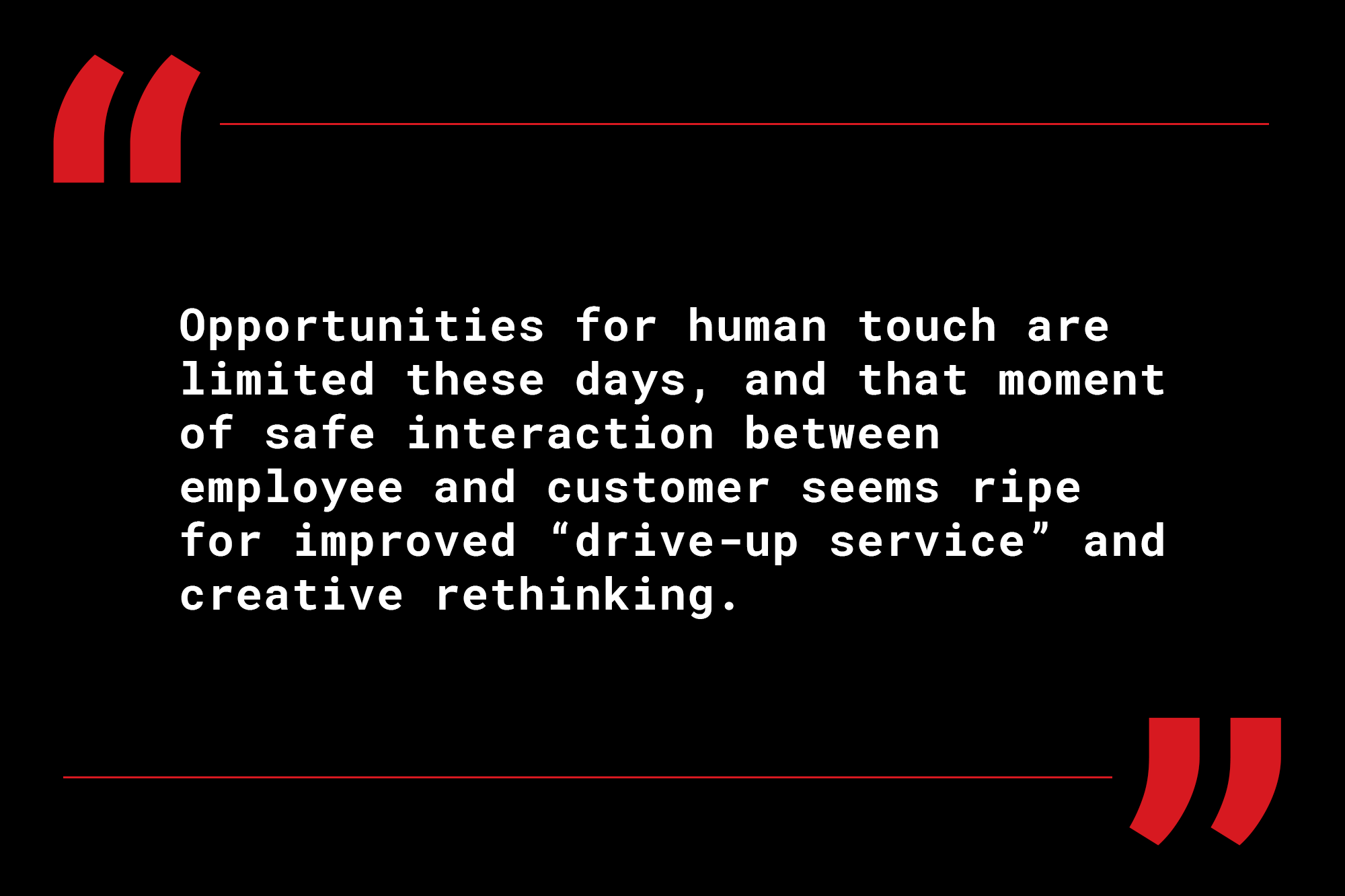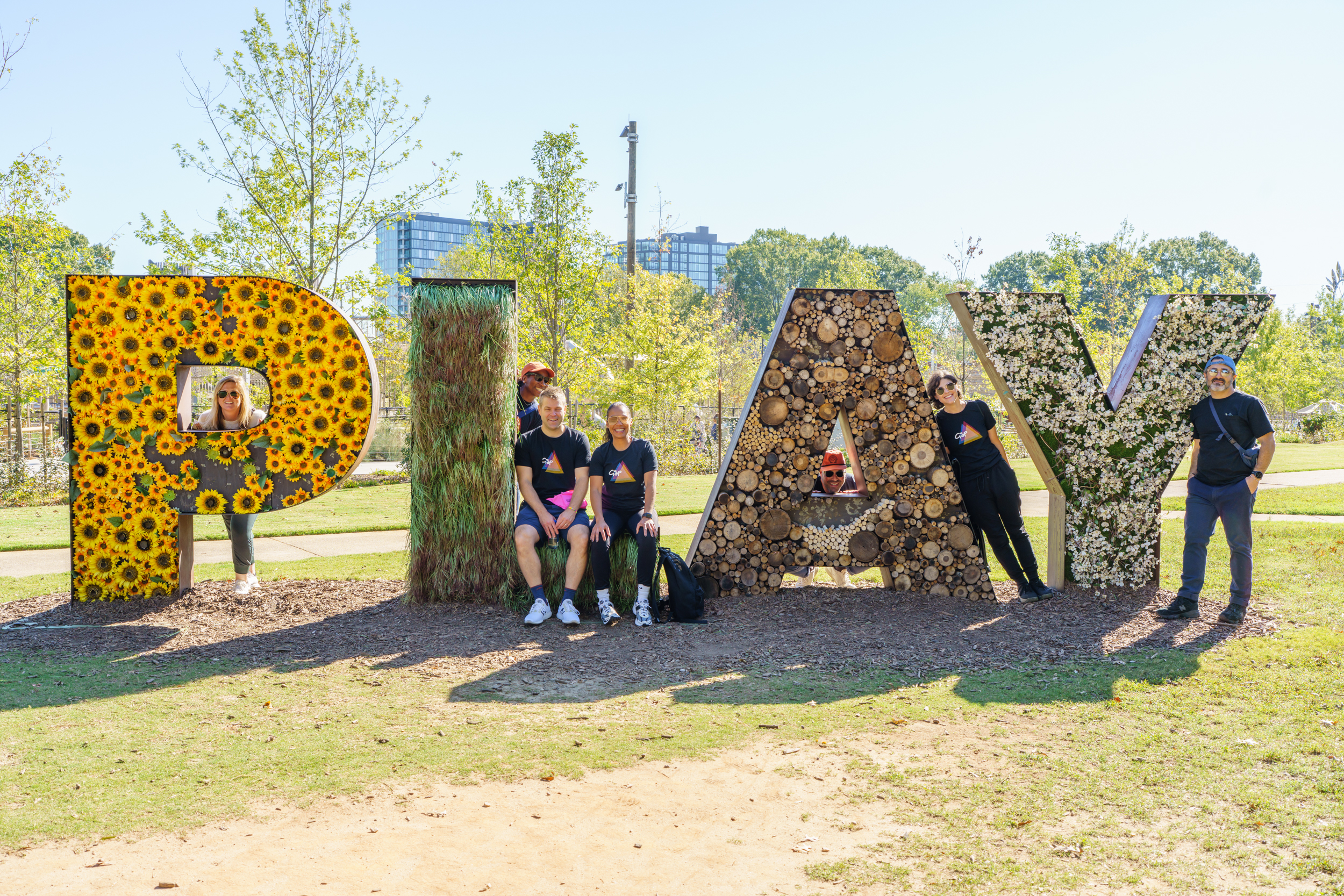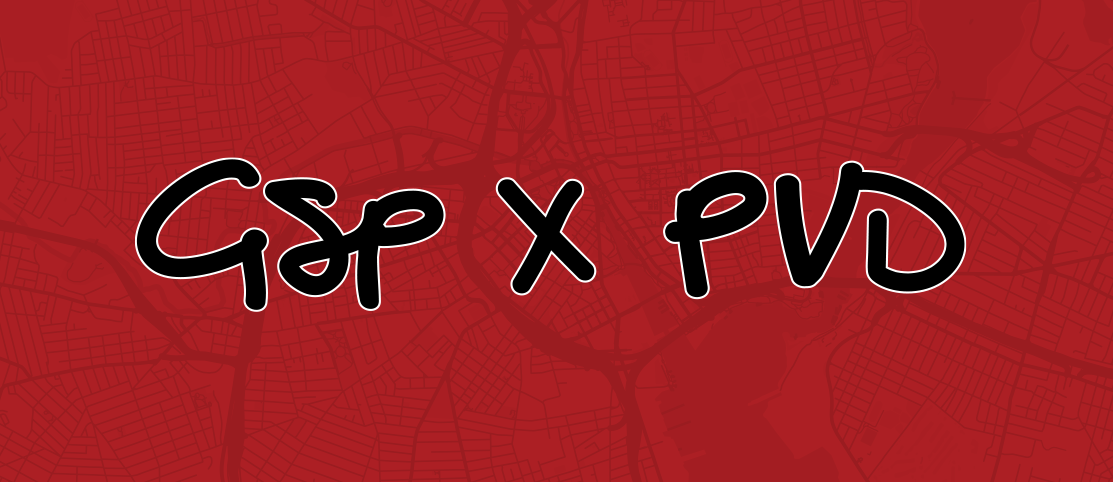Curbside Questions Redux
I wrote about curbside management on our blog back in May, when contactless curbside pickup was comparatively new. This was in the context of a notable shift from using valuable curb space – particularly in urban locales – from TNCs (Transportation Network Companies like Lyft and Uber) to dedicated spots for restaurant pickup and food delivery drivers. But in hindsight this missed a critical curbside use that’s grown significantly during the past 8 months: curbside pickup for non-food retailers. At Graffito, we pay a lot of attention to the local food and beverage community given the acuteness of their hardship, but we haven’t forgotten the small businesses and retailers that have also lost foot traffic and been forced to reduce capacity. We highlighted the technological adaptations and move to curbside pickup piloted by local retailer Emily Kanter of Cambridge Naturals on Episode 2 of the Graffito podcast, but this is also emblematic of a national retail trend by much larger companies. Ponder this statistic: Target has seen curbside sales grow 700% in the last quarter
This exponential growth was outlined in a recent article in the New York Times, Customers Still Like to Shop in Person, Even if They Get Only to the Curb. The article states, what “started as a coronavirus stopgap is likely to have a permanent impact on the way people shop, along with giving them a new reason to continue to visit beleaguered physical stores. The popularity of curbside pickup reveals that the future of retail is not just more packages piling up on people’s doorsteps. Beyond satisfying the need for contactless shopping in the pandemic, it taps into Americans’ desire to drive to a store, a pull that can be just as strong as, or even stronger than, the convenience of home delivery.”
This also makes economic sense for retailers who are trying to save costs by having customers solve the last mile problem for them, which is also why you should pick up the food yourself from restaurants rather than having third party food delivery companies do it for you. And while there’s a lot more to unpack in this article which has a suburban bias, it again highlights the criticality of the space between storefront and customer. The question I posed back in May is even more relevant in light of this growth: “How can the line between storefront and street be designed for both porosity and protection? And how will this be reconciled with the inevitable changes inside and around the building, with the public realm and streetscape?”
This explosion in curbside pickup for retailers means rethinking street parking, but especially parking lots. These have historically been an afterthought from a design standpoint, calibrated by transportation engineers to squeeze every last parking space from tight sites (at least in Boston) and accommodate loading. Smart architects do their best to shield this necessary evil from the street and I’ve seen all kinds of spatial gymnastics to camouflage parking, which invariably remains a barren wasteland of asphalt. This makes some sense given that parking lots weren’t places where interesting things happened, but that may change as retailers reconsider the pickup “experience.” As we head into the third wave of the pandemic (more on that in a later blog post this week), retailers’ touchpoints will be increasingly limited. Just as those who got creative with floor markings, spatial distancing signage, and redesigned spaces, retailers who experiment with this growing curbside phenomenon are likely to set themselves apart. Don’t misunderstand me; I’m still no fan of the car and my long-held belief that parking lots are antithetical to urbanity remains unchanged. Nevertheless, opportunities for human touch are limited these days, and that moment of safe interaction between employee and customer seems ripe for improved “drive-up service” and creative rethinking.




